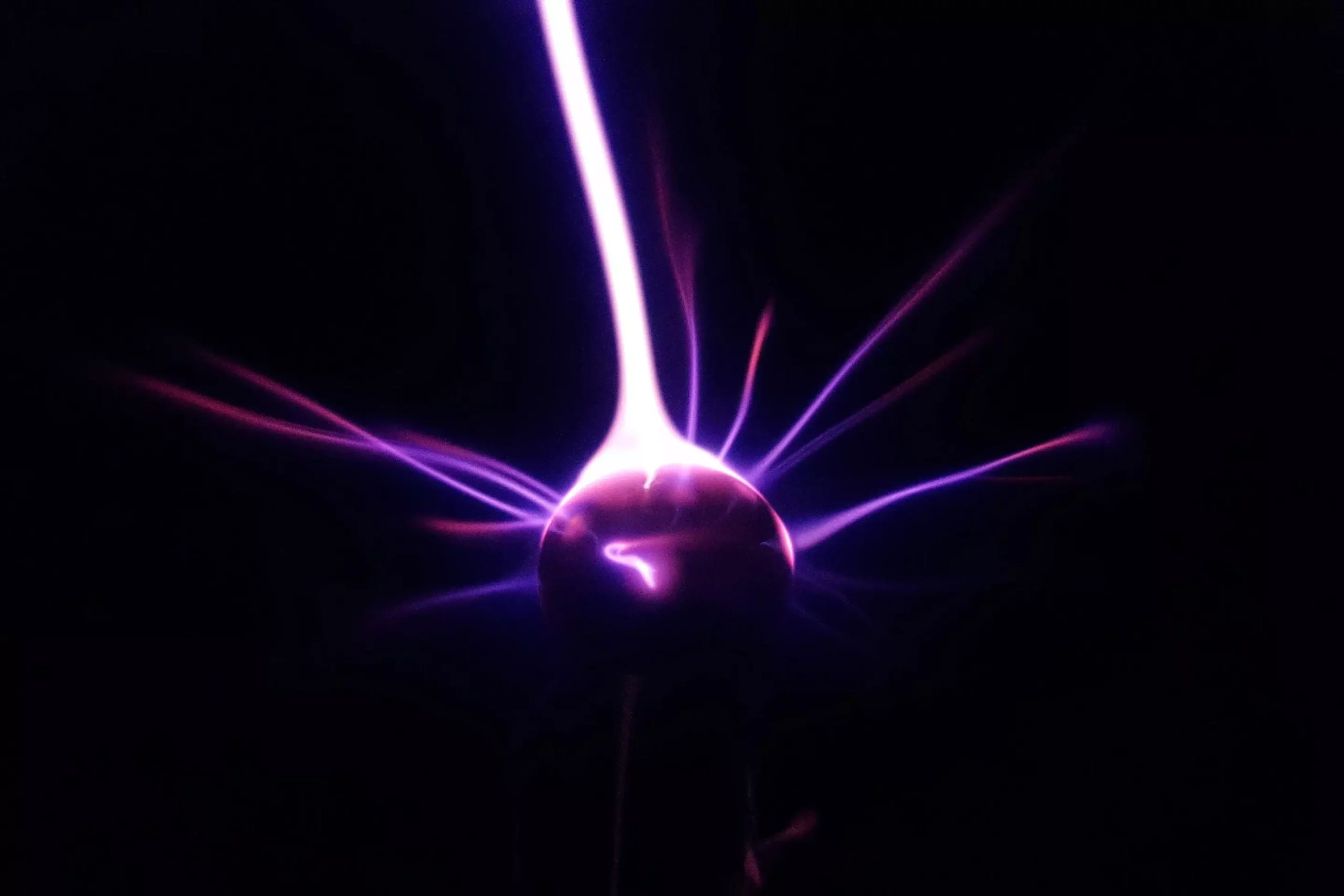The complex interplay between gravity and quantum mechanics has long perplexed scientists, with even renowned figures like Isaac Newton and Albert Einstein struggling to fully comprehend it. Despite numerous attempts, a comprehensive understanding of how these fundamental forces interact on a microscopic level has remained elusive. However, recent advancements in scientific research have brought us closer to untangling this intricate puzzle.
A team of physicists at the University of Southampton, in collaboration with researchers from Europe, has achieved a significant breakthrough in measuring gravity at a minuscule scale. By employing innovative techniques, they successfully detected a weak gravitational pull on a tiny particle using levitating magnets. This groundbreaking experiment, detailed in the journal Science Advances, marks a crucial step towards uncovering the elusive quantum gravity theory.
Lead author Tim Fuchs, from the University of Southampton, emphasized the importance of these findings in shedding light on the mysteries of our universe. He highlighted the significance of measuring gravitational signals at the smallest mass ever recorded and how it brings us closer to understanding the complex interplay between gravity and quantum mechanics. This breakthrough paves the way for further exploration into the quantum realm and holds the key to solving some of the most profound enigmas of existence.
The rules governing the behavior of particles and forces in the quantum realm have eluded full comprehension by scientists. It is believed that interactions at the microscopic level differ significantly from those observed in everyday objects. The collaborative effort between academics from Southampton, Leiden University, and the Institute for Photonics and Nanotechnologies in Italy utilized a sophisticated setup with superconducting traps, magnetic fields, sensitive detectors, and advanced vibration isolation to detect the faint gravitational pull on a particle just 0.43mg in size.
Read More: The Impact of Catalyst Structure on Selectivity in Chemical Reactions
Professor of Physics Hendrik Ulbricht, also from the University of Southampton, highlighted the significance of these advancements in pushing the boundaries of scientific exploration. By employing extremely cold temperatures and precision devices, the researchers have paved the way for future experiments that could provide invaluable insights into the nature of gravity and the quantum world. This new technique holds immense potential for unraveling the mysteries that have long perplexed the scientific community.
The recent breakthrough in measuring gravity on a microscopic scale represents a significant milestone in our quest to understand the fundamental forces that govern the universe. By successfully detecting a weak gravitational pull on a tiny particle, scientists have taken a crucial step towards unraveling the complexities of quantum gravity. Through continued research and exploration in this field, we stand poised to unlock the secrets of our universe, from the origins of existence to the enigmatic nature of black holes. The path to a comprehensive understanding of gravity and quantum mechanics may lie within reach, thanks to the groundbreaking efforts of researchers dedicated to pushing the boundaries of scientific knowledge.


Leave a Reply